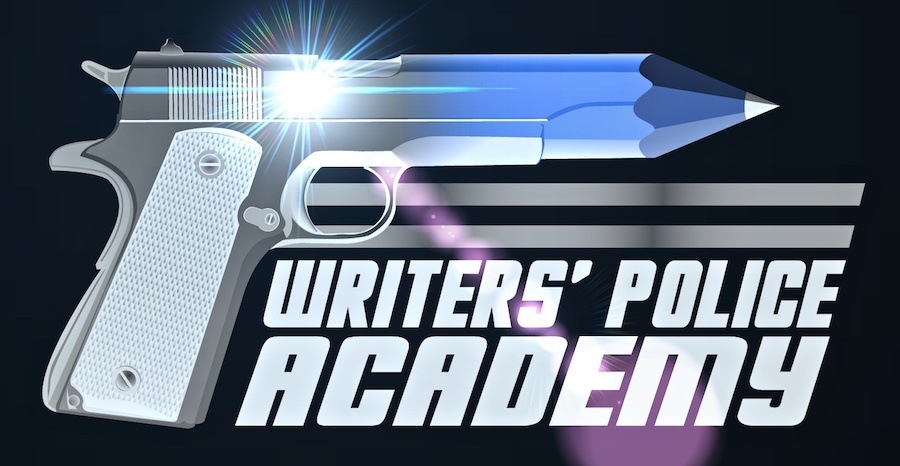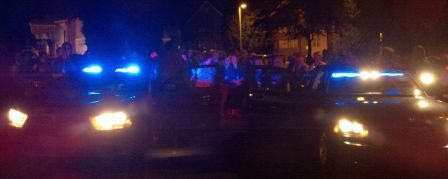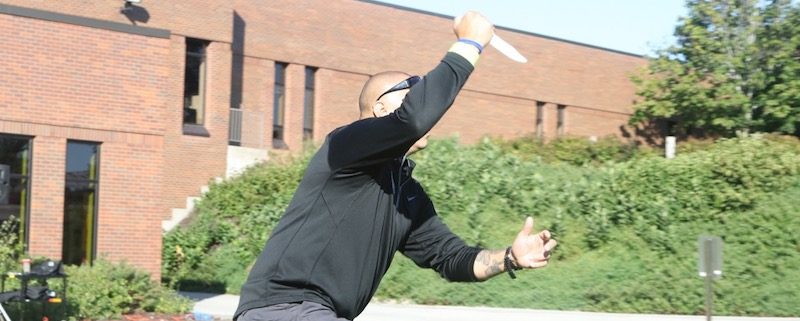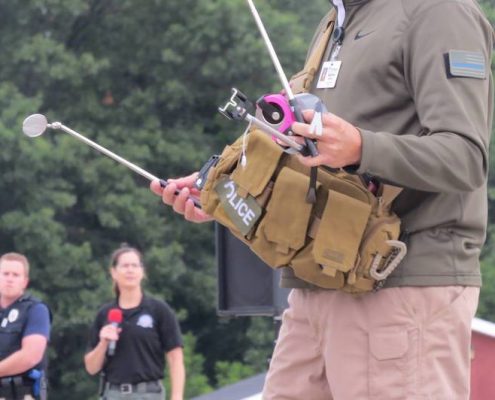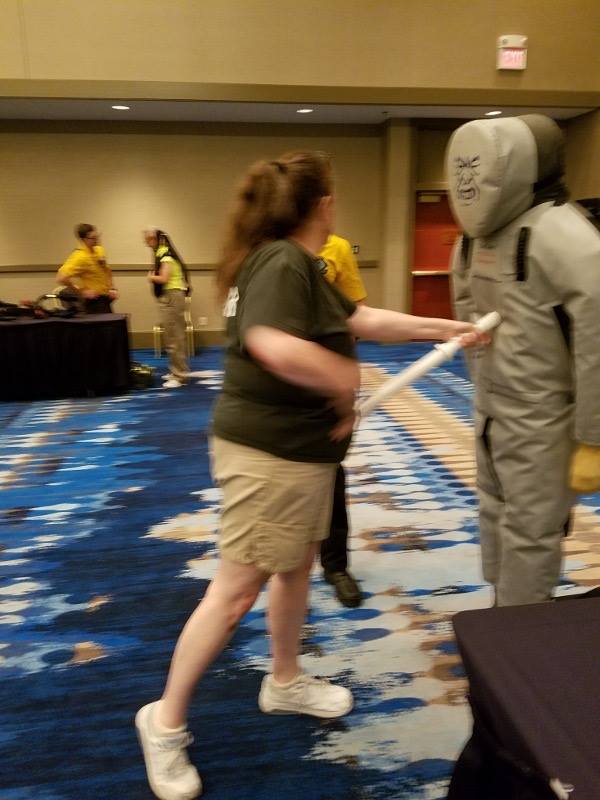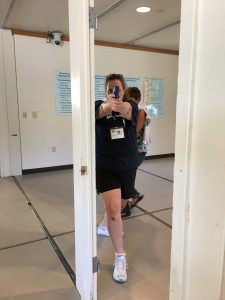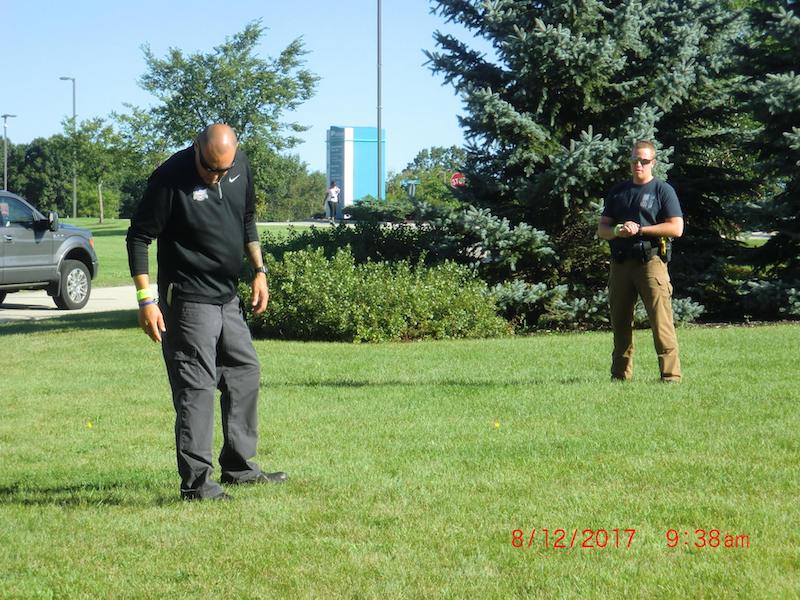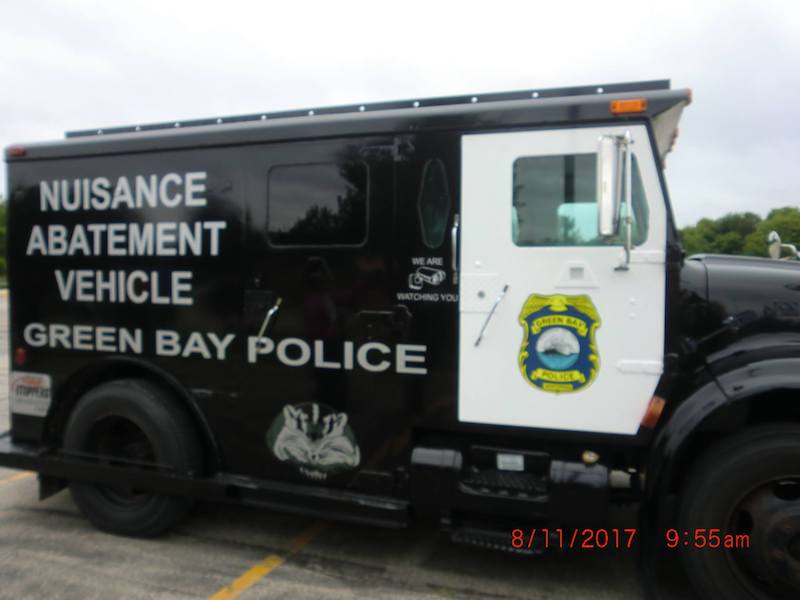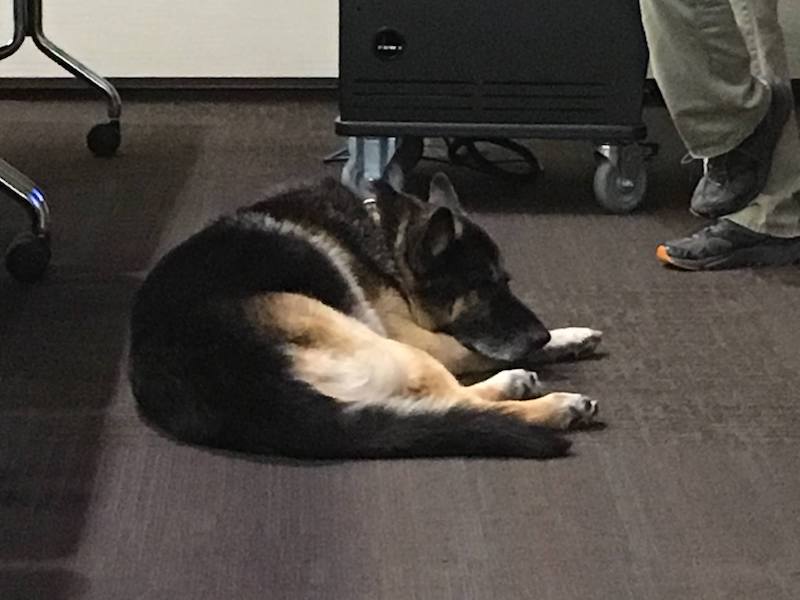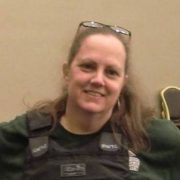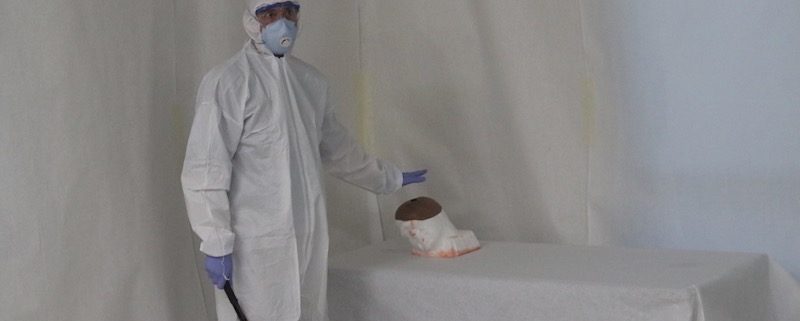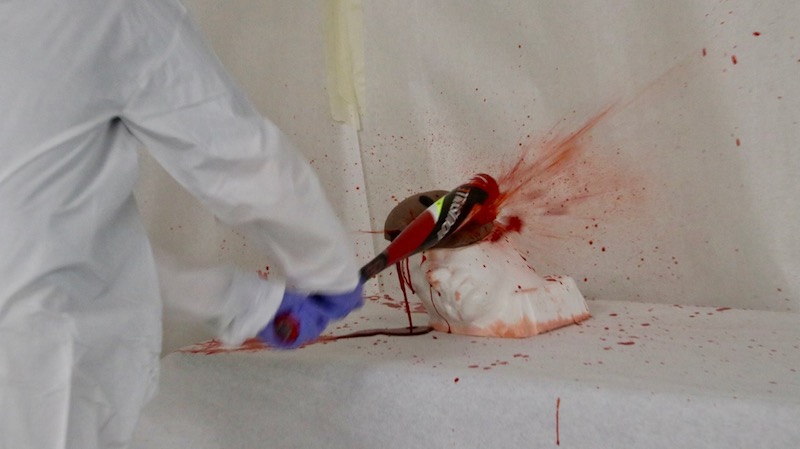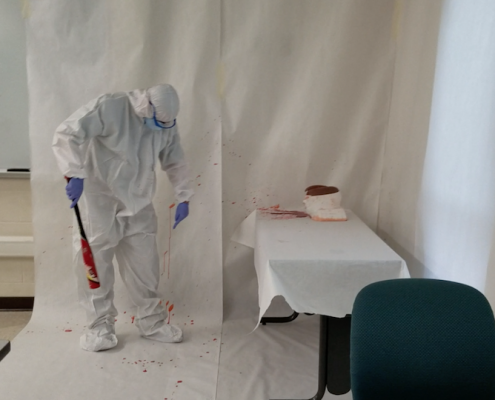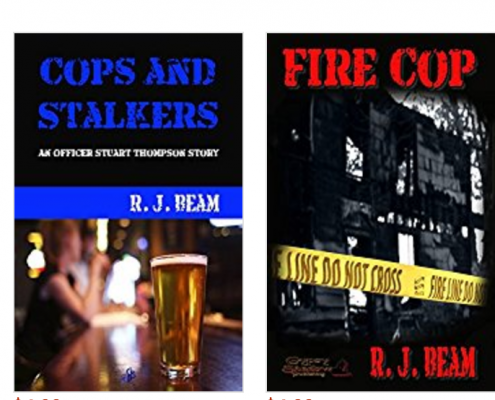To add to the thrills of the Writers’ Police Academy’s 10th anniversary celebration, we are extremely pleased to make available to you, by SEALED BID, several exiting opportunities of a lifetime. One of those absolutely fabulous and unique offerings is a spot in the private weeklong, “law enforcement only” Crime Scene Investigation course at the elite Sirchie compound near Raleigh, N.C. (Two spots are available. The top two bids win – one spot per bid). That’s right, you will train and learn alongside some of the top investigators in the country! This course is not available to the general public.
To be the lucky winner of one of these rare and exclusive spots available only from the Writers’ Police Academy, simply send your bid to 2018WPAAuction@gmail.com.If the link doesn’t take you to your email service, then please simply copy and paste the address.
Bidding is open to everyone and you do not have to present to win.
Good luck!!

*Sirchie is the Global Leader in Crime Scene Investigation and Forensic Science Solutions; providing quality Products, Vehicles, and Training to the global law enforcement and forensic science communities.
Course Description

Our Evidence Collection and Processing Training Program provides law enforcement professionals and crime scene investigators with hands on training using forensic tools that will help to execute the best crime scene investigation mission possible.
This class, commonly known as Crime Scene Technology, covers the scientific methods of collection, identification, evaluation, and preservation of physical evidence. It is the perfect Forensics training for any investigator from new detectives to police officers with more than 25 years on the force.
You need to attend this program if:
-
You process crime scenes
-
You want to learn more about the latest forensic and crime scene investigation tools and techniques used to process potential crime scenes
-
You want to find as much evidence as possible at the crime scene
COURSE CURRICULUM:
Crime Scene Management
The various types and categories of physical evidence are reviewed with the emphasis being placed on the proper procedures for securing the crime scene and preparing to collect evidence.
Fingerprint Theory and Classification
The fundamental principles of fingerprints are examined, including the basic concepts of ridge pattern development, identification characteristics and classification methods. Students will review latent print comparison methods with emphasis on understanding AFIS and modern latent print identification techniques.
Latent Print Processing —Powders
The proper use of oxide, metallic, magnetic, and fluorescent powders is discussed. Students will develop latent prints on a variety of surfaces including paper, glass, plastic, and even textured surfaces. Students will experience lifting powder developed latent prints using tape, hinge lifters, gel lifters, and Accutrans. Utilizing photography and light source for proper documentation is reviewed.
Latent Print Processing – Chemicals
During this segment, students will develop latent prints on porous surfaces, including paper and cardboard, utilizing iodine fuming, ninhydrin and silver nitrate. Students will review proper process sequencing for the maximum retrieval of latent prints and review the chemical principles of how they work. Cyanoacrylate (superglue) techniques for non-porous surfaces will be demonstrated also.
Crime Scene and Evidence Photography
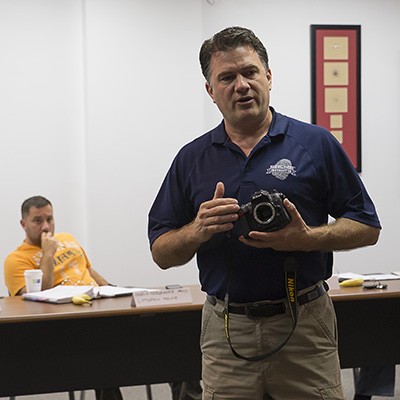
Procedures and techniques are discussed and demonstrated for properly documenting a crime scene through photography. Also reviewed and demonstrated are key camera settings such as aperture, shutter speed, and ISO, as well as proper accessories and equipment for properly capturing evidence quality photos.
Controlled Substances Identification
Students will work with presumptive field test kits that offer screening of the most commonly abused drugs and narcotics.
Serial Number Restoration
Working with various metallic and plastic surfaces, students will restore obliterated serial numbers. Liquid and gel reagents are used in conjunction with the electron accelerator.
Firearms, Ballistics, and Gun Shot Residue
Identification of firearms and the fundamentals of ammunition and its manufacture, behavior, and destructive effects is discussed. Fundamentals of gunshot residue, including determining proximity and presumptive testing for GSR are reviewed and demonstrated. Students will also be exposed to basic shooting reconstruction and proper documentation of shooting incidents.
Alternate Lights and RUVIS
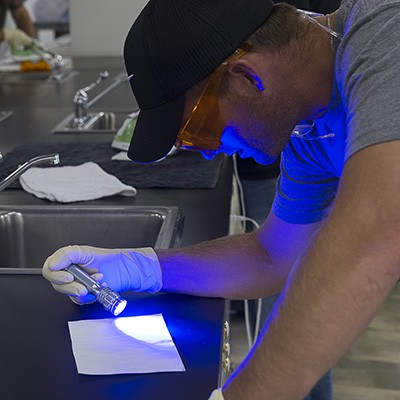
The use of alternate light sources to identify evidence at the scene as well as enhance contrast with fingerprint powders and chemicals is reviewed. RUVIS, using the SIRCHIE Krimesite Imager, will be used to demonstrate a non-intrusive technique for discovering latent prints at the crime scene without powders or chemicals.
Biological Evidence – Blood, Fluids, and DNA
Students learn proper methods to locate, identify, and collect physiological fluid stains. Proper search methods including alternate light sources and chemical search methods including luminol and Bluestar are demonstrated. Students will also learn how to presumptively identify the type of stain using chemical reagents. Collection and preservation methods will be reviewed based on the latest best practices for DNA.
Digital Device Forensics Intro
Proper collection of digital devices, including computers and cell phones, will be reviewed. Students will learn the fundamentals, including data that can be extracted from these devices, the legal aspects of data, and ways to preserve data through proper packaging and Faraday techniques.
Footprint, Tire, and Toolmark Impression Evidence
Impression evidence types and their value in criminal investigation will be reviewed. Students will learn and experience methods for capturing footwear tread impressions, including magnetic powder development, electrostatic dust print lifting, and dental stone casting. Principles of footwear and tire comparison will be shown, including proper documentation for the lab and court.
* Students also investigate a mock crime scene as teams and present their findings over lunch on the last day.

Other sealed SEALED BID offerings are unbelievably exciting, and they include:
– Lunch with Lee Child in New York City
– A character name in Craig Johnson’s next book
– A guitar signed by the Grammy Award-winning singing group, the Oak Ridge Boys
– A Murder She Wrote script signed by head writer Tom Sawyer
– A character name in Stuart Woods’ next book
Please send you bids to 2018WPAAuction@gmail.com
*Photos and course descriptions ~ Sirchie

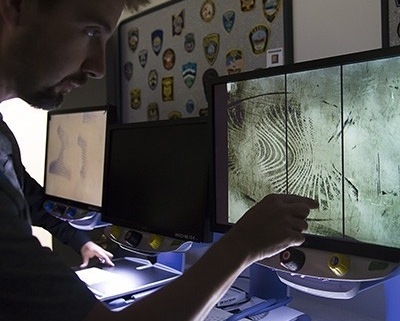
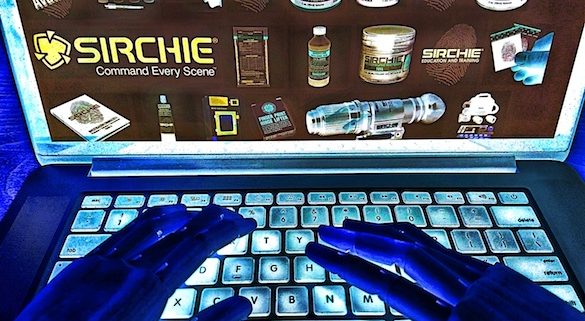
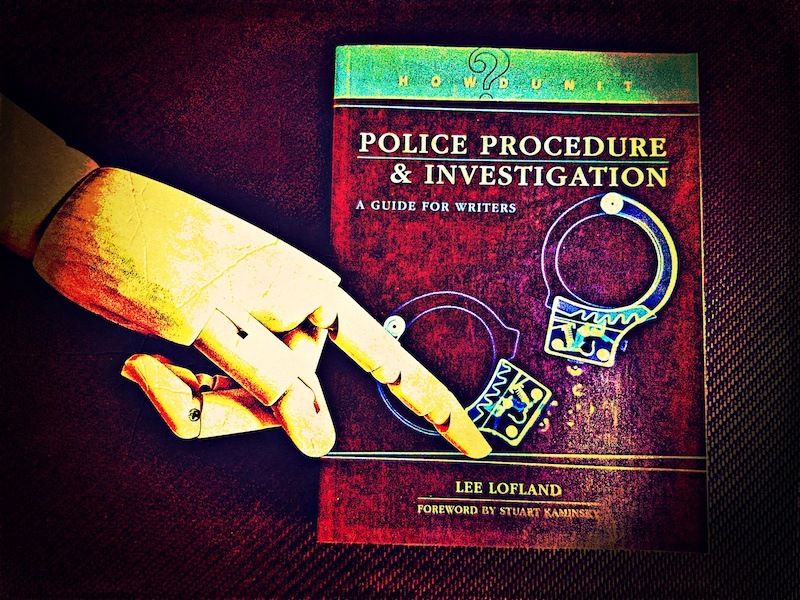
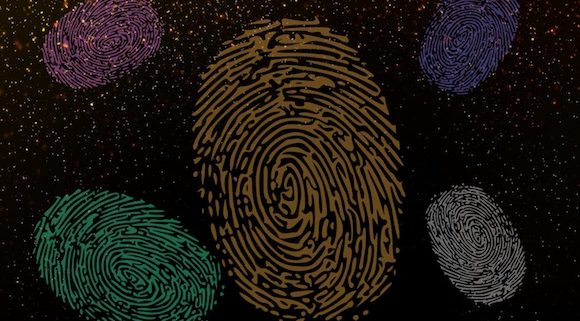
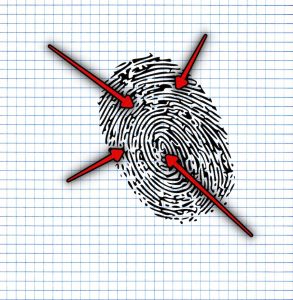
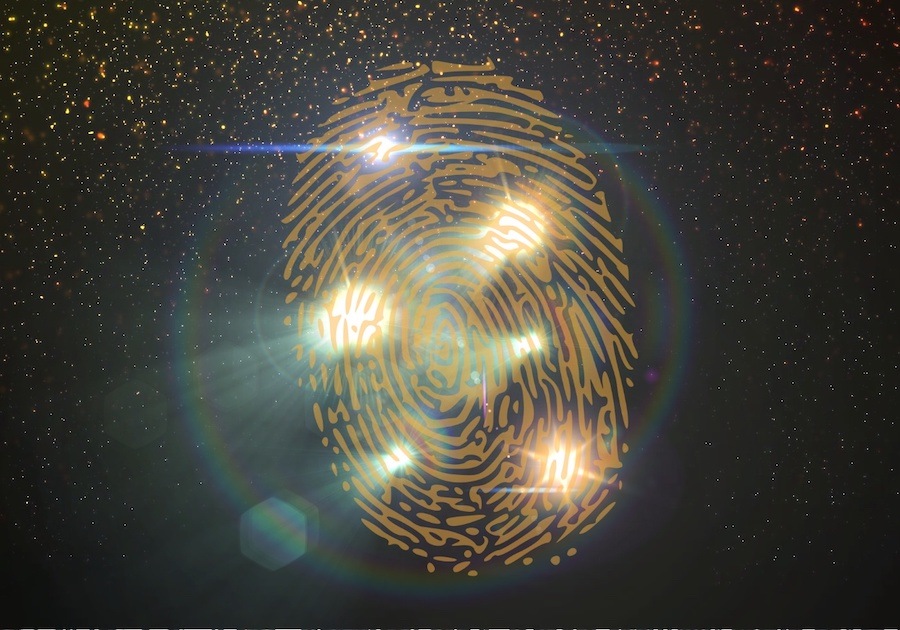
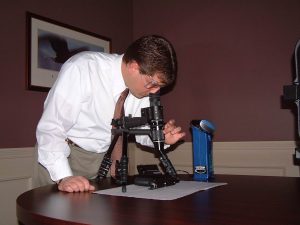
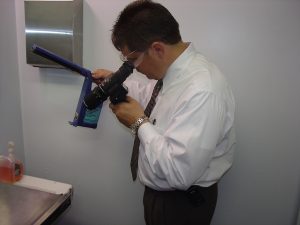 All this without the messy powders that never seem to wash away. The KS Imager can also be used to greatly enhance prints developed using cyanoacrylate fuming (Super Glue).
All this without the messy powders that never seem to wash away. The KS Imager can also be used to greatly enhance prints developed using cyanoacrylate fuming (Super Glue).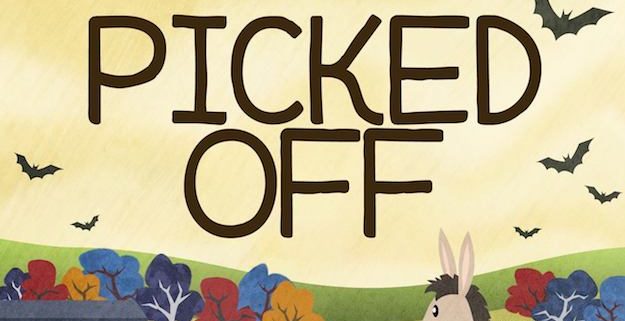
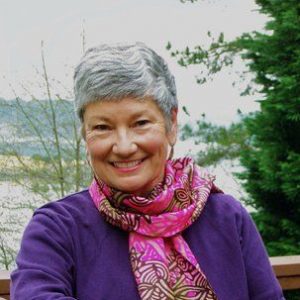
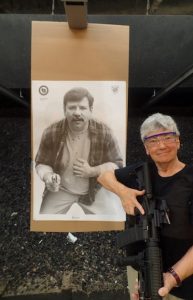 As usual, it will be held at a real, internationally-accredited police academy. Instructors are the same folks who train law enforcement and EMS pros. WPA attendees can choose from dozens of courses and High-Intensity Training (HIT) hands-on training options that offer insight into the emotions law enforcement professionals experience in stressful encounters. Emotions you can share on the page to make your characters more real.
As usual, it will be held at a real, internationally-accredited police academy. Instructors are the same folks who train law enforcement and EMS pros. WPA attendees can choose from dozens of courses and High-Intensity Training (HIT) hands-on training options that offer insight into the emotions law enforcement professionals experience in stressful encounters. Emotions you can share on the page to make your characters more real.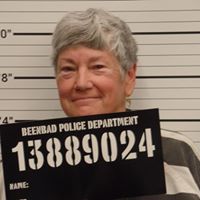
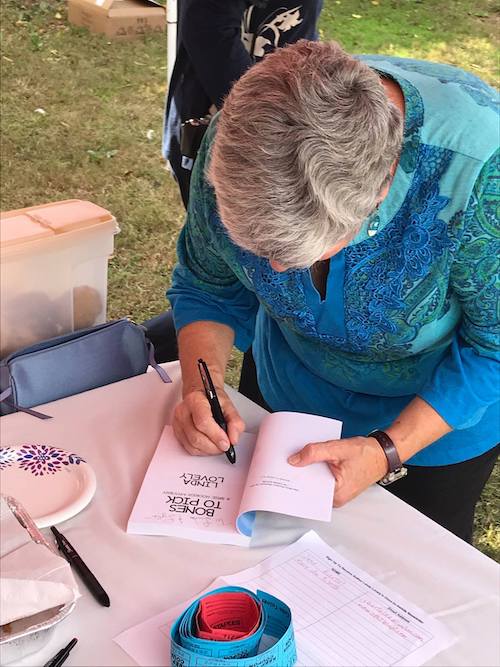
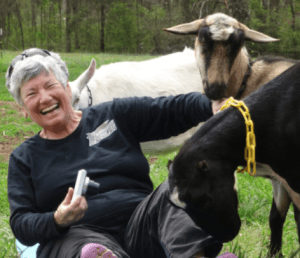
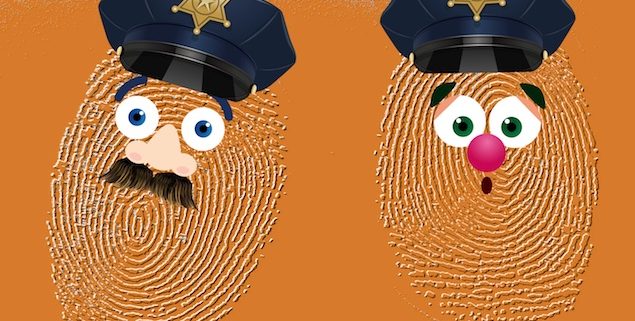

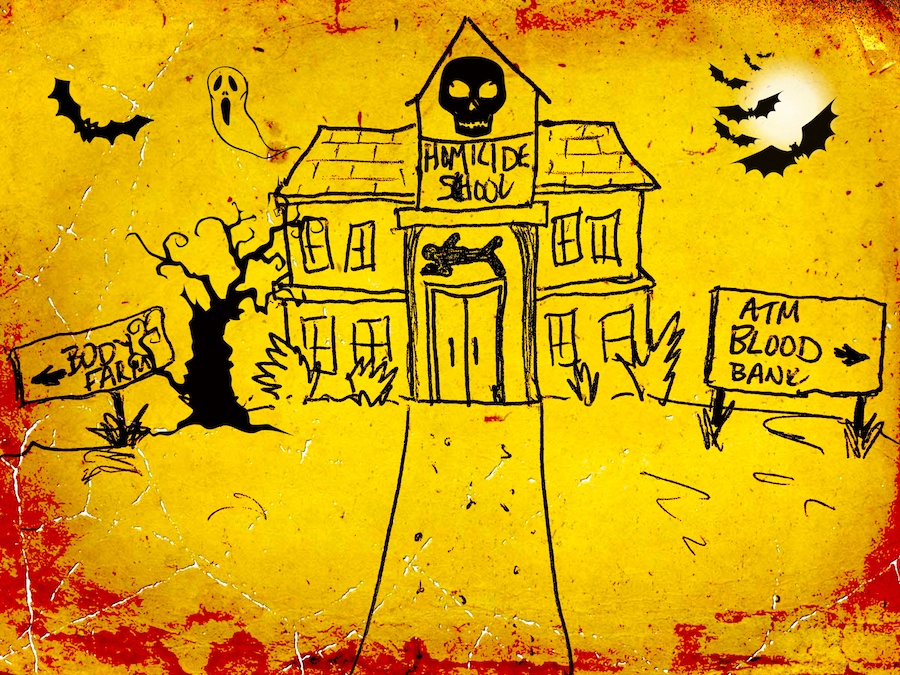
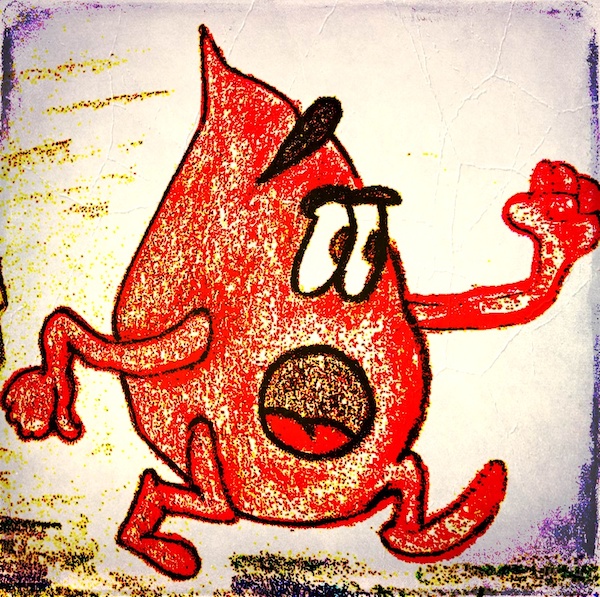

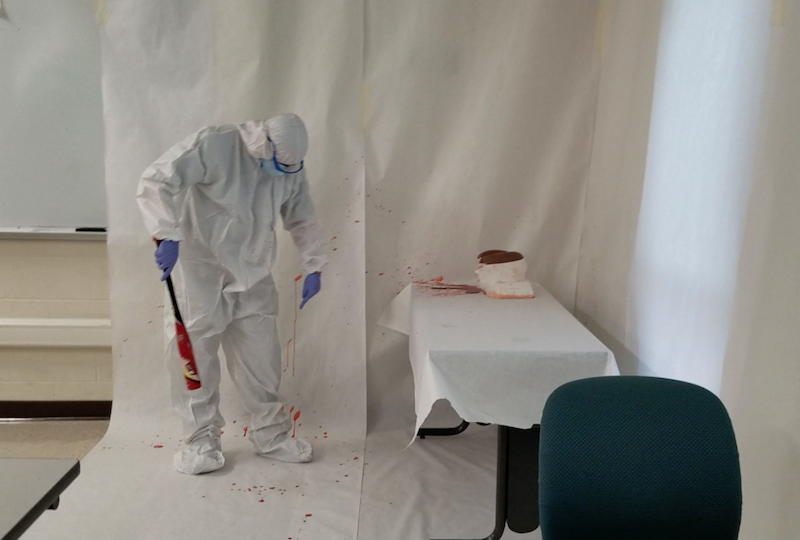
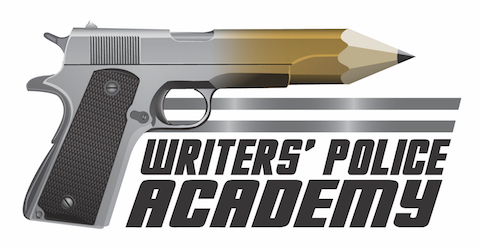
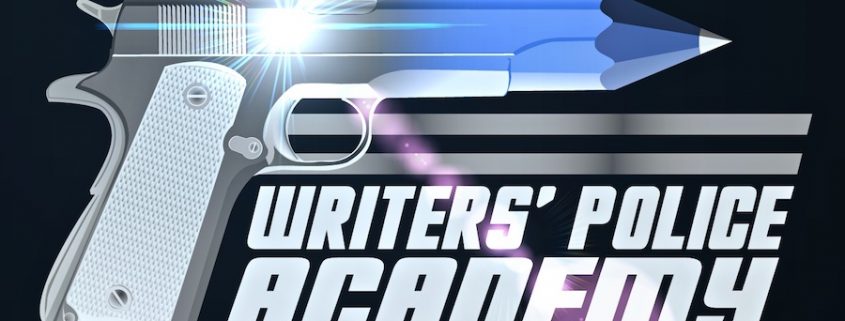
 His The Bodies Left Behind was named Novel of the Year by the International Thriller Writers association, and his Lincoln Rhyme thriller The Broken Window and a stand-alone, Edge, were also nominated for that prize, as was a short story published recently. He has been awarded the Steel Dagger and the Short Story Dagger from the British Crime Writers’ Association and the Nero Award, and he is a three-time recipient of the Ellery Queen Readers Award for Best Short Story of the Year and a winner of the British Thumping Good Read Award. Solitude Creek and The Cold Moon were both given the number one ranking by Kono Misurteri Ga Sugoi in Japan. The Cold Moon was also named the Book of the Year by the Mystery Writers Association of Japan. In addition, the Japanese Adventure Fiction Association awarded The Cold Moon and Carte Blanche their annual Grand Prix award. His book The Kill Room was awarded the Political Thriller of the Year by Killer Nashville. And his collection of short stories, Trouble in Mind, was nominated for best anthology by that organization, as well.
His The Bodies Left Behind was named Novel of the Year by the International Thriller Writers association, and his Lincoln Rhyme thriller The Broken Window and a stand-alone, Edge, were also nominated for that prize, as was a short story published recently. He has been awarded the Steel Dagger and the Short Story Dagger from the British Crime Writers’ Association and the Nero Award, and he is a three-time recipient of the Ellery Queen Readers Award for Best Short Story of the Year and a winner of the British Thumping Good Read Award. Solitude Creek and The Cold Moon were both given the number one ranking by Kono Misurteri Ga Sugoi in Japan. The Cold Moon was also named the Book of the Year by the Mystery Writers Association of Japan. In addition, the Japanese Adventure Fiction Association awarded The Cold Moon and Carte Blanche their annual Grand Prix award. His book The Kill Room was awarded the Political Thriller of the Year by Killer Nashville. And his collection of short stories, Trouble in Mind, was nominated for best anthology by that organization, as well. It’s an honor to welcome renowned forensic artist Carrie Stuart Parks as our 2018 Special Guest Speaker/Expert.
It’s an honor to welcome renowned forensic artist Carrie Stuart Parks as our 2018 Special Guest Speaker/Expert.